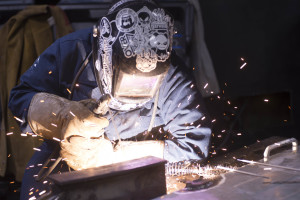
The aircraft carrier USS Dwight D. Eisenhower (CVN-69) will keep undergoing maintenance at least through early 2019, almost a year beyond the original six-month availability.On Sept. 22, CVN-69’s commanding officer, Capt. Kyle Higgins, said in a message on the ship's Facebook [FB] community page that while he could not specifically cite how long the ship will stay at the Norfolk Naval Shipyard it will be there at least “into the beginning of next year.”Higgins acknowledged “a lot of uncertainty on…

 By
By 











